Redmi Note 7 Pro review: The king reigns supreme, again!
The smartphone offers everything a premium model does; except with the heavy price tag.

At a special event held in Delhi, Xiaomi took to the stage and introduced its newest brand Redmi, and with it; announced a variety of surprises that enthralled the audience. While each surprise had its own charm, the highlight of the day was a new handset that was unveiled globally for the first time in India. This handset was none other than the Xiaomi Redmi Note 7 Pro.
Unlike the Redmi Note 7 which was introduced in China earlier this year, the Redmi Note 7 Pro came with unique attributes that stood out from its Chinese counterpart. As of writing, the Redmi Note 7 Pro is an India exclusive and it boasts some impressive features such as a 48MP rear camera, a 6.3-inch LTPS Dot Notch display, an Auro designed rear, a Qualcomm Snapdragon 675 chipset, a 4000mAh battery all encompassed in a price tag below Rs 15K.
The Redmi Note 7 Pro has specs that look astonishing on paper and based on these features alone, it's a must buy the handset. We spent a few days with this bad boy to tell you whether the king reigns supreme once more.
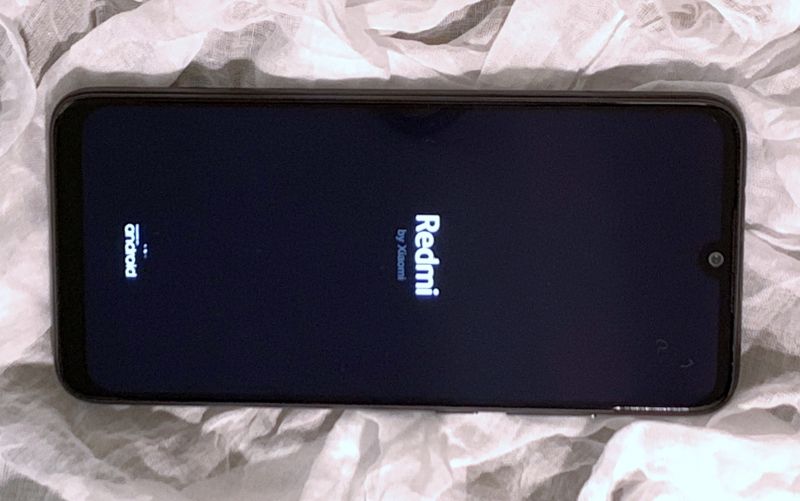
Design, Build
The Redmi Note 6 Pro was meh when it came to design. It looked like a lazy attempt from Xiaomi to replicate its past success as it stuck with the single tone finish that was present on handsets of old.
With the Redmi Note 7 Pro, the designers over at Xiaomi took a good look at the current market scenario, put their heads down and gave the handset a finish that’s not only relevant in 2019; but has a lot of functionality as well. As soon as you first get the handset in your palms you forget that it is priced at this amount. And not to compare the two, but the premium build feels similar to an iPhone that is priced multiple times higher. If you happen to have no clue regarding the price of this smartphone, we will not fault you for thinking that it could be priced around Rs 35K.
To achieve this premium feel, Xiaomi has sandwiched a plastic chassis between two Corning’s Gorilla Glass 5 glass slabs. So, not only does this handset look and feel premium, but it also has protection against multiple accidental drops. While the handset does offer protection, we would advise using a case with it because you definitely wouldn’t want scratches on your newest toy.
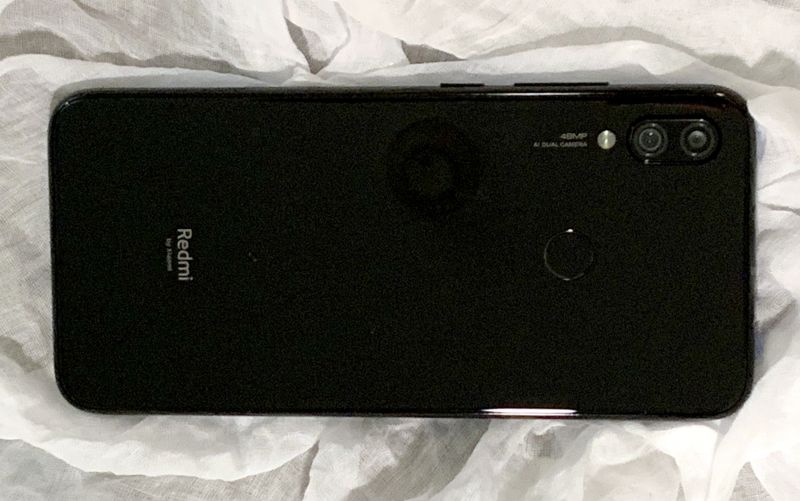
Available in Neptune Blue, Nebula Red and Space Black, the Redmi Note 7 Pro is the first handset from this series to come with a gradient finish which Xiaomi likes to call 'Aura' design. It is worth mentioning that just the Blue and Red variants have a gradient finish, the Black variant is colour blocked making it a rather class affair. To achieve the gradient reflective design on the other colour variants, Xiaomi has used 6-layer craftsmanship.
As mentioned earlier, using a protective case has its advantages over scuffs and scratches but more so against fingerprint residue. This can get pretty irritating for those who love their devices to appear pristine even after months of use. Side note: In the hands-on area at the Note 7 Pro unveiling we noticed that all colour variants appeared to look dated because of the grime of fingerprints by onlooker journos and tech bloggers. To shoot photos, they needed to be scrubbed down quite a lot which honestly was disappointing considering how beautiful it looked.

Featuring a minimalist design on the rear, Xiaomi has done well to keep the camera bump down to a minimum, especially since a 48MP camera is located here. However, that’s not to say there is no wobble when placed on a flat surface.
In for review is the Space Black variant and in our humble opinion, it features a timeless look that can never go out of style. Mix the glass black with subtle features like the fingerprint scanner that also has a glossy finish and the branding; we get a device that’s not just classy, but also easy on the eyes.
There have been a lot of complaints in the past that Xiaomi has been too cautious to introduce the USB Type-C port on their Redmi series and with the Note 7 Pro, the Chinese tech giant has ensured that with the addition of this port, they have made it futureproof and on par with handsets that are priced at double the amount. At the top, we also find the headphone jack, a feature that may be on its last legs but still not yet dead. So, if you own your favourite pair of earphones/headphones with a 3.5mm jack, the Redmi Note 7 Pro has got you covered. There is also an IR Blaster for using the phone as a universal remote control.
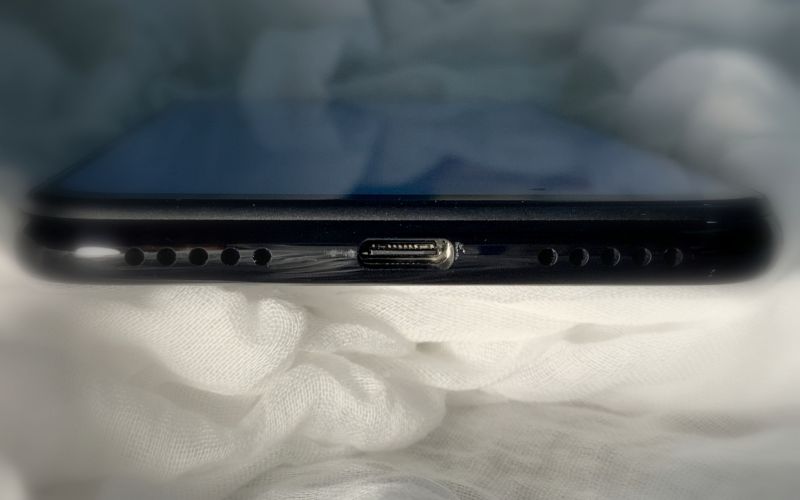
Other standard features include buttons on the side that comprise of the volume rockers and the power button, the speaker grill and microphone at the bottom and the SIM eject tray on the left. A cute inclusion here is sweet little notification LED on the chin. This goes to show that Xiaomi while introducing the best of their new features also don’t neglect others that consumers have become accustomed to and grown to love.
Lastly, we have to commend Xiaomi on keeping the size of the Redmi Note 7 Pro down to a minimum even though it uses a display that’s bigger than the Redmi Note 6 Pro and the Note 7 Pro. The size of the handset is around the same as the previous generations and hence if you are upgrading from either of them, the transition should be a breeze.
A worthy mention here is that Xiaomi has sealed its ports to make the Note 7 Pro splash resistant. This means that if you happen to drop water on the phone, it should survive your clumsiness. Don't be dunking it in a pool or use it in heavy rains though — you could be sorry.
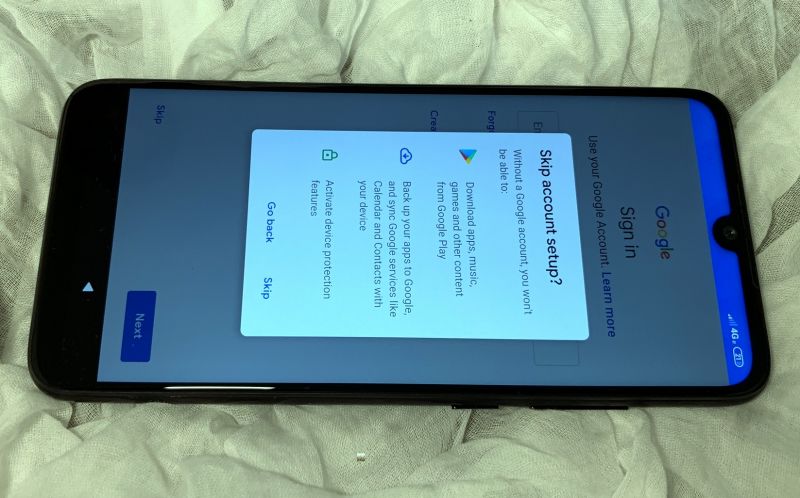
Display
After Essential, Apple implemented the notch on the iPhone X. Since then, virtually every smartphone brand has added the notch on their handsets. While 2018 was the year of the notch; 2019 is the year where brands have been working for hand on shrinking the notch — actually, getting rid of it.
As in the case of the Redmi Note 7 Pro, there's a Dot Notch display - as Xiaomi likes to term it. This is essentially a notch that’s circular and reminds us of the style Essential used way back in 2017. By adding a smaller notch, the Note 7 Pro gets a lot more screen real estate which helps in providing you with a larger surface area for watching videos or gaming. If you are an anti-notch guy, you can turn it off from the Settings.
The Redmi Note 7 Pro features a 6.3-inch FHD+ LTPS Dot Notch display that boasts a resolution of 1080 x 2340 pixels. Due to the addition of this type of notch, we get an aspect ratio that’s 19.5:9 — similar to those found on handsets with a 'waterdrop' notch display. By using an LTPS panel, Xiaomi has added one of the best technologies in display tech and have yet managed to bring the price down to an absolute minimum. This technology helps a lot when it comes to faster refresh rates as well as for producing better visuals.
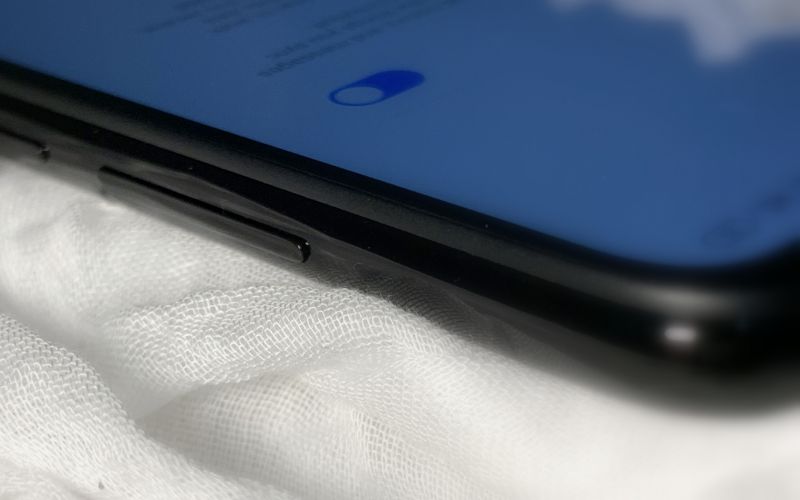
The width of the bezels is a slimmer too — just 1.95mm. Also, by using a curved 2.5D glass on the front and the rear, the bezels appear a whole lot thinner than they actually are. We cannot stress it enough how premium the entire packaging is and with the Redmi Note 7 Pro, at this price, Xiaomi doesn’t fail to blow our mind.
Viewing content on the Redmi Note 7 Pro is an absolute pleasure; however, it can’t be compared to the display found on the iPhone XR; but it still manages to hold its own. The blacks are deep and the colours are accurate. In fact, when compared with other LCD displays in prices north of Rs 15K, the Redmi Note 7 Pro stands out. Colours have the desired punch and brightness levels are exceptionally good. Under bright sunlight, we observed that content was still viewable thereby making the viewing experience in any lighting condition quite satisfactory.
The screen was pretty responsive as well with no lag noticed whatsoever. The response to our inputs was recorded well and we expect nothing less from a Redmi Note handset which it managed to deliver in spades.
Software
The Redmi Note 7 Pro runs on MIUI 10 that’s built on top of Android 9.0 Pie and is updated to the February Android Security patch as of now. You will be hard pressed to find an Android Pie handset in this price range and Xiaomi once against proves that their honest pricing strategy is a charm that works so well for them.

While you may not get a true vanilla Android 9 experience of Android One, the Remi Note 7 Pro offers almost the next best experience. The MIUI 10 was introduced last year and with it, you get a new recent menu, gestures, and much more than this latest OS from Google has to offer.
The MIUI 10 is designed for the full-screen experience. With this skin, the brand has removed all elements that could break the visual integrity of a full-screen device. There's no segmentation brought about by divisions and conflicting colours here, everything important is presented in the form of neat cards with rounded corners which rhyme with hardware elements.
Also, you get new full-screen gestures where you swipe up to go to the Home screen, swipe half-way up to go to the Recent menu, swipe from right to left to go back and wipe from left to right to switch between apps. Xiaomi has also removed all unnecessary UI elements and visual clutter from the Notification shade to let the content take the front stage. With this new skin, apps launch a lot faster in comparison to previous versions.
Performance
It’s a running pun that Xiaomi 'favours' the SD625 SoC amongst the others. And, with the Redmi Note 7 Pro, you’ll be pleased to know that they have utilised a powerful octa-core Qualcomm Snapdragon 675 chipset that’s based on a 64-bit 11nm design to do the heavy lifting. In this SoC the workload is balanced between eight cores, we find two Cortex A76 Kryo 460 CPUs with each core clocked at 2.02GHz and six Cortex A55 Kryo 460 CPUs clocked at 1.71GHz. The former two cores are used for performance while the latter six are efficiency cores for daily interactions. The GPU found here is an Adreno 612 that enhances the overall gaming performance. The chipset does well with its gaming prowess, camera capabilities and last but not least, the AI processing power to handle all the load that’s thrown at it.
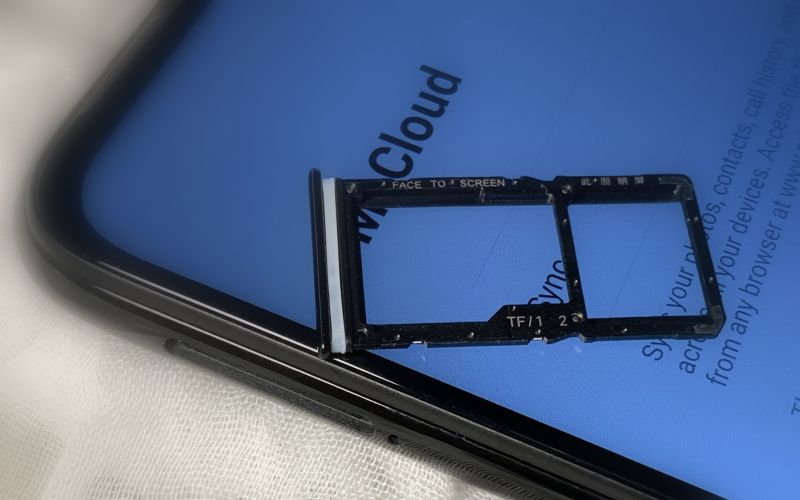
This speedy premium mid-range chipset has been paired with either 4GB or 6GB of RAM that’s accompanied by 64GB or 128GB of onboard storage. The RAM used is of the LPDDR4X variety and this means you get lower voltage, that allows for more power efficient memory which translates to longer battery life on smartphones.
In for review, we have received the 4GB RAM and 64GB storage variant. For most daily tasks, the handset is a strong performer. This is clearly evident in the way the device handles multitasking which is completely fluid and absolutely no lag noticeable. When handling the MIUI, the handset performs at it's optimal best leaving us satisfied. Whether you are launching or killing apps, the handset performs brilliantly giving us a hard time to not recommend it for absolutely anyone.
During gaming, though Xiaomi has touted this as a handset that can be played on the highest possible settings, we did notice some framing issues when the settings were maxed out. For games like Asphalt 9, we recommend not using the highest settings, but rather tone it down to medium settings to get the best experience.
When it comes to the fingerprint scanner, the biometric sensor worked flawlessly; and we expected nothing less from a handset that’s gained a cult following. Also, if the fingerprint sensor isn’t your thing, the Face Unlock feature works just as well if not better. Out of most of the handsets available in the market, OnePlus has gained a reputation for being the fastest with its face unlock. OnePlus could see some competition here, but not yet as the face unlock still needs some polishing from Xiaomi. Nevertheless, it is comparatively faster than most others there.
Camera
The Redmi Note 7 Pro is packed with some amazing features but undoubtedly the show stopper here is the dual-rear camera configuration that plays home to a 48MP AI-enabled Sony IMX586 sensor; which so happens to be the highest resolution sensor to ever feature on a smartphone. This sensor is paired with a 5MP secondary sensor that’s used for depth sensing.
With the 48MP sensor on the Redmi Note 7 Pro, Xiaomi utilizes the pixel binning technology that when captured, images shot at a resolution of 12MP. This is the default setting when using the Photo mode through the camera app. Xiaomi does this in order to keep the output file size down to a minimum. If you want to gain access to the entire 48MP resolution, then Xiaomi has got you covered again in the Pro mode — you need to tap the 48MP option to shoot images at this high resolution. While on paper, using 48MP is quite a tantalizing feature to have on a smartphone, in our test shots we found that shooting at the default 12MP had a far superior output due to the quad Bayer pixel binning technology that’s present.
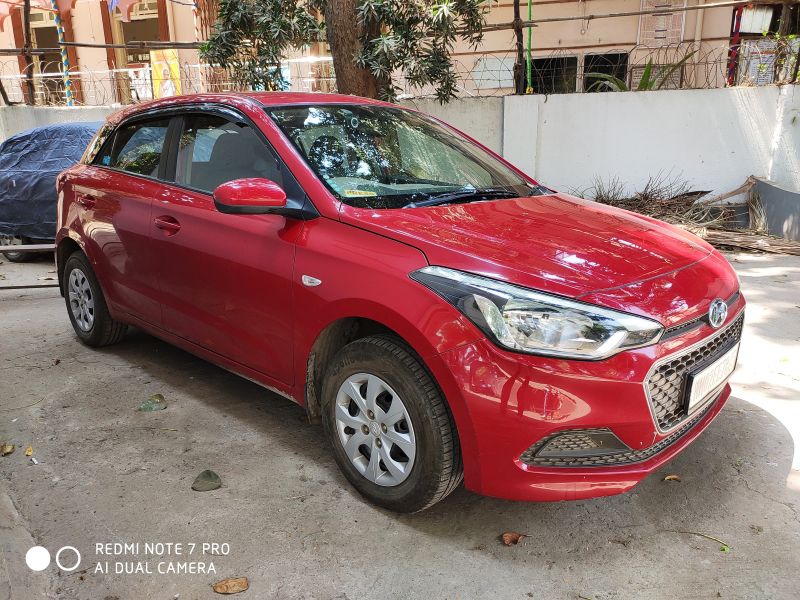

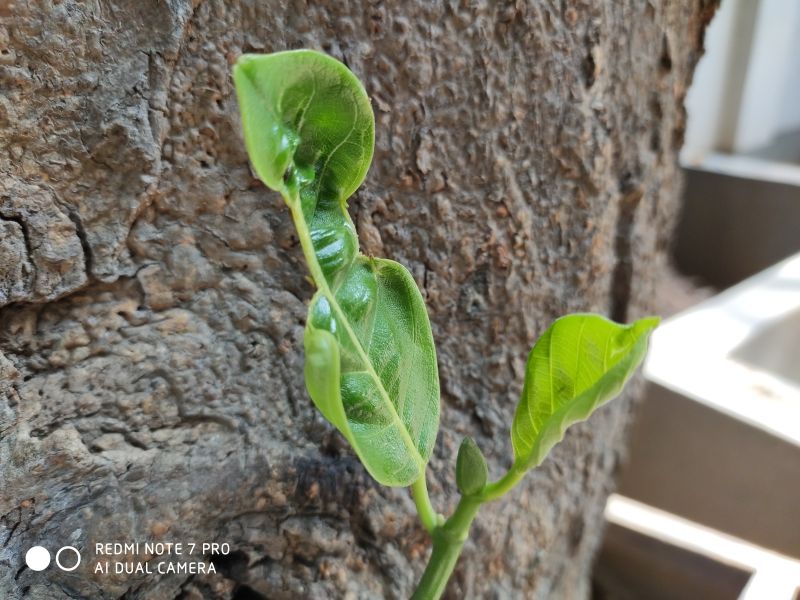

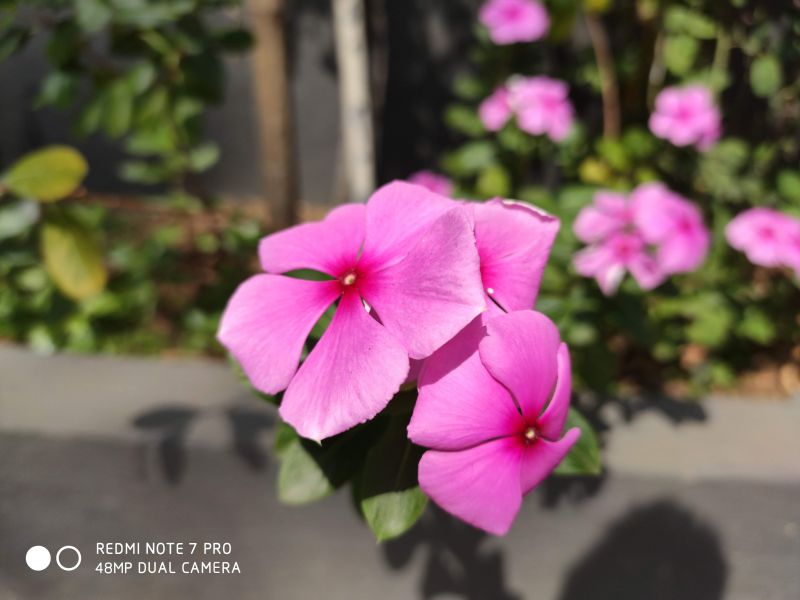
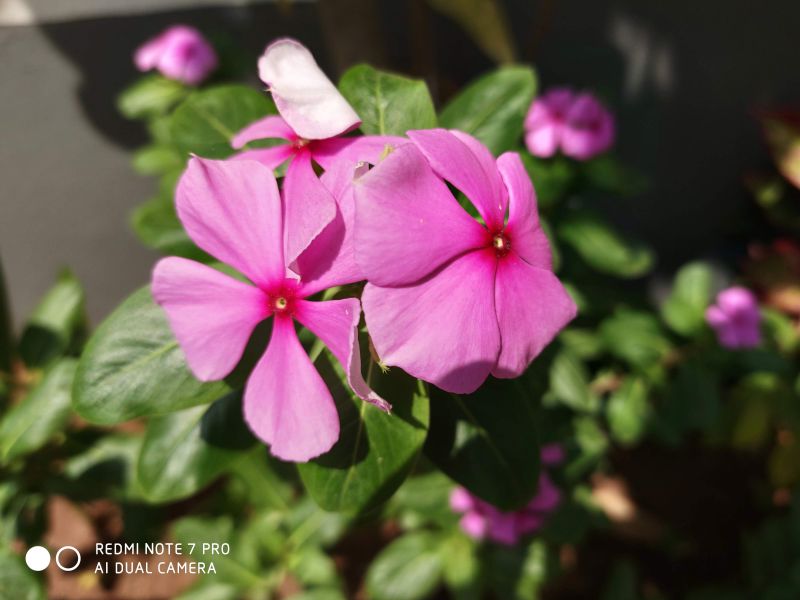
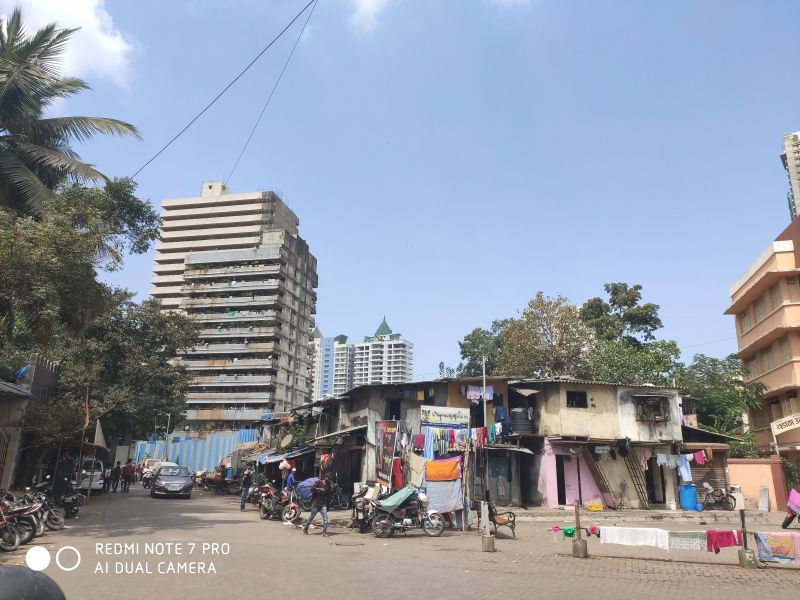
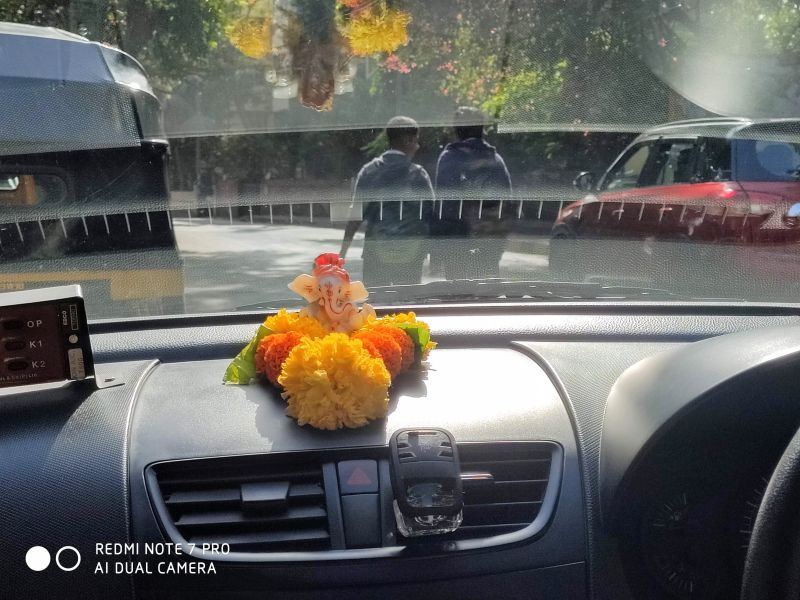

The Redmi Note 7 Pro does extremely well in well-lit environments; although it has to be stated that it is partial to under-exposure which is present only to the discerning eye and not so much that we can dock points off it. This can be easily corrected in post-processing through countless apps that are present on the Google Play Store or even the Google Photos app that comes preinstalled here.
The white balance in Photo mode does an incredible job of accurately reproducing colours and with the AI scene detection kicking in, it manages to produce the right amount of hues in a wide range of lighting conditions.
In bright light conditions, we found that the image quality captured had the right amount of sharpness with details present across the entire focus points. In low-lit conditions, the camera tends to struggle with the auto-focusing and there is a slight blur prevalent. Also, not as much as seen on handsets priced similarly, there is a bit of image noise when shooting indoors or in low-light. While capturing images using the Night mode, the colours aren’t blown out of proportion or overexposed. In fact, there’s a very subtle difference between this mode switched on and can be used as a tool to shoot if required.
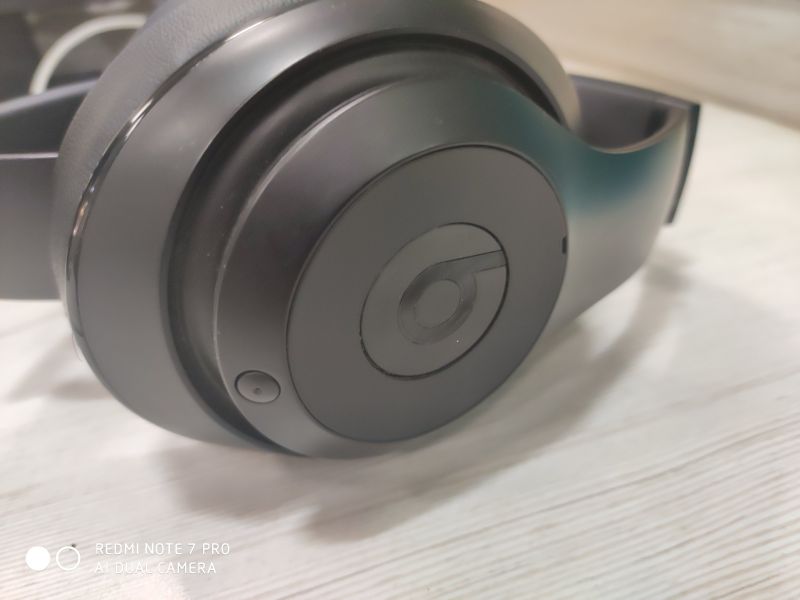

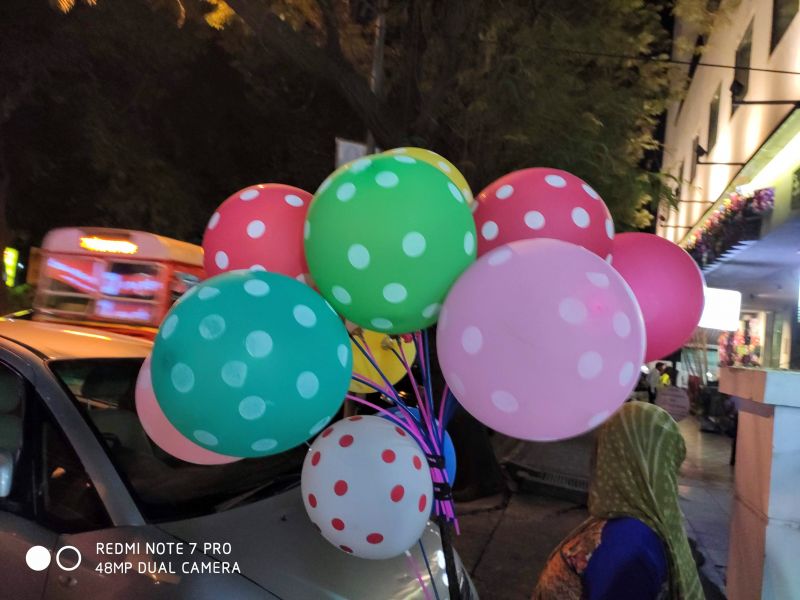



Up front, the Redmi Note 7 Pro uses a 13MP sensor that’s packed to the brim with AI tech. This ranges from Beautify mode to AI filters and everything in between. With all the AI enhancements turned off, the Note 7 Pro is a solid performer and manages to capture colours and skin tones quite effectively. A major shout-out goes to the Portrait mode or the Bokeh effect. The edge-detection here is exemplary and it even manages to blur out small pockets that are in the background.

To have a smartphone with these camera abilities are a feat in its own. But to have a smartphone with all these nifty camera tricks and being priced right absolutely annihilates the sub Rs 20K price segment.
Battery
Xiaomi has packed in a 4000mAh battery here and paired it with an energy efficient SD675 SoC and LPDDR4X RAM. The two in tandem and you are bound to get some solid battery life. During our use as a daily driver, we observed that even after a day of moderate-to-heavy use, we still managed to get an average of 25% battery remaining by the end of the day. If you use this handset moderately, you can be sure it will last two days on a single charge. Another interesting feature is that it supports Qualcomm's Quick Charge 4 that’s able to utilise at least 18W of fast charging. However, you don’t get an 18W brick with the handset, but instead, Xiaomi provides you with a 10W charger which will definitely charge your device faster than a regular adapter.
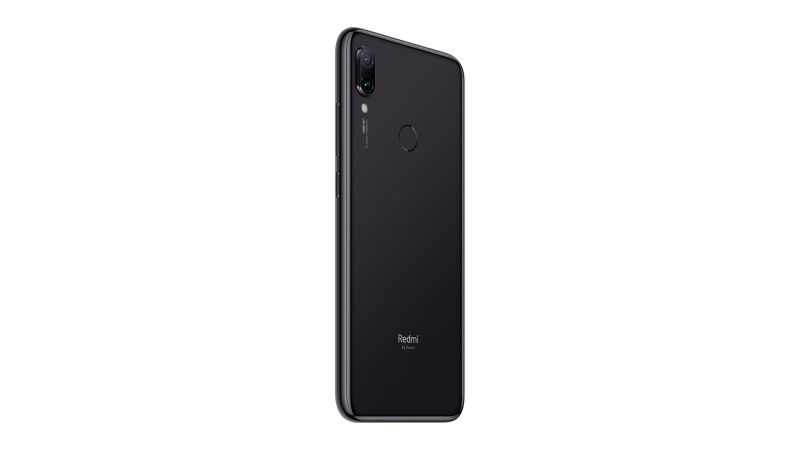
Verdict
The Xiaomi Redmi Note 7 Pro is available for Rs 13,999 for the 4GB/64GB variant and Rs 16,999 for the 6GB/128GB option. With a wide range of brands, all having recently launched their products, there are various shortcomings which don’t stack up to the Redmi Note 7 Pro. With Xiaomi’s offering, you can’t get the premium build in this segment and you can’t get a 48MP shooter in this price bracket.
Xiaomi, in India, knows how to read their consumer base, they know what’s needed and when to deliver it. The Note 7 Pro is a testament to the brand’s understanding of the current smartphone market. And as of now and probably till the next Note Pro handset from the Chinese smartphone manufacturer, this is the model we recommend you buy eyes closed.
